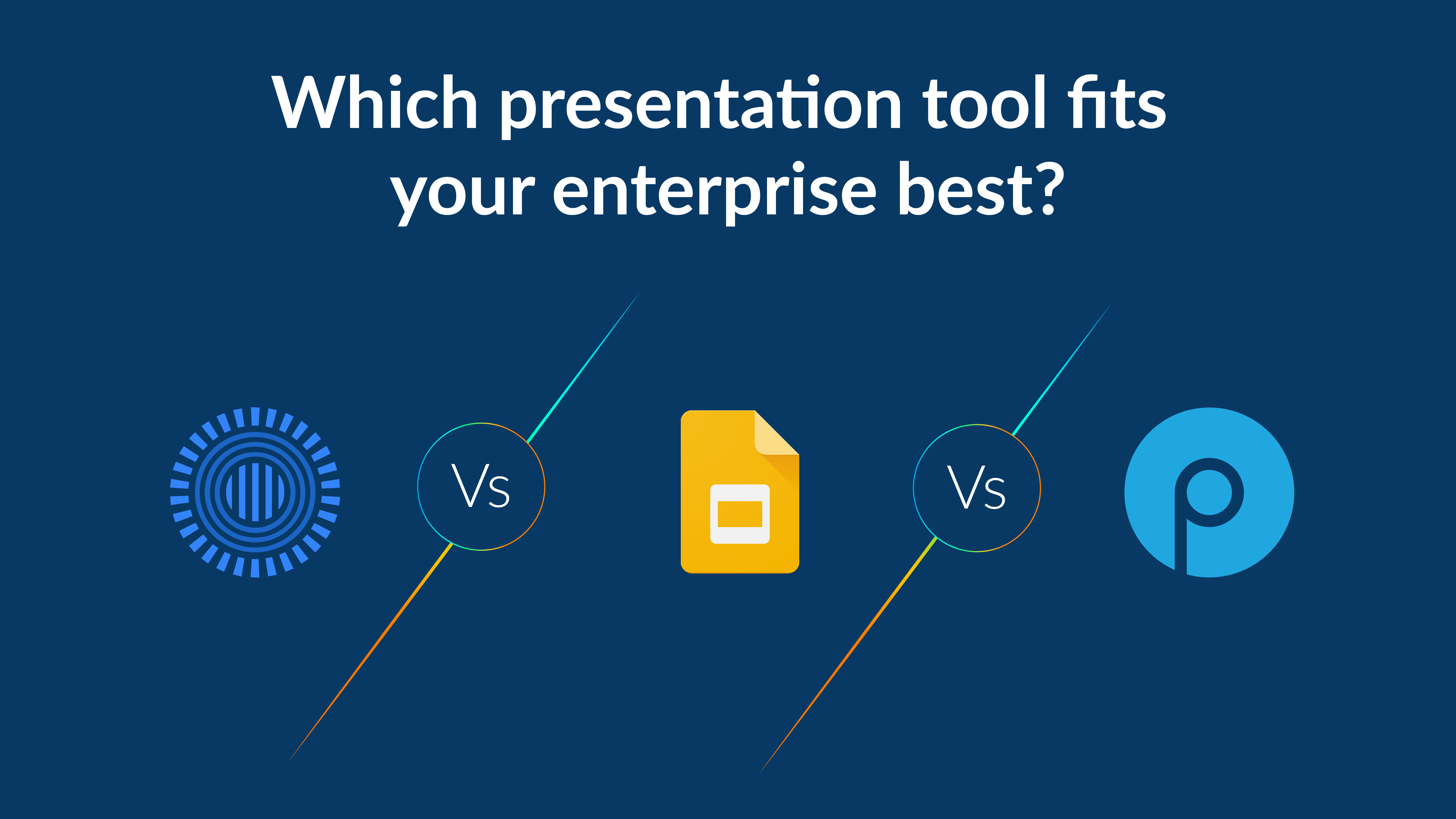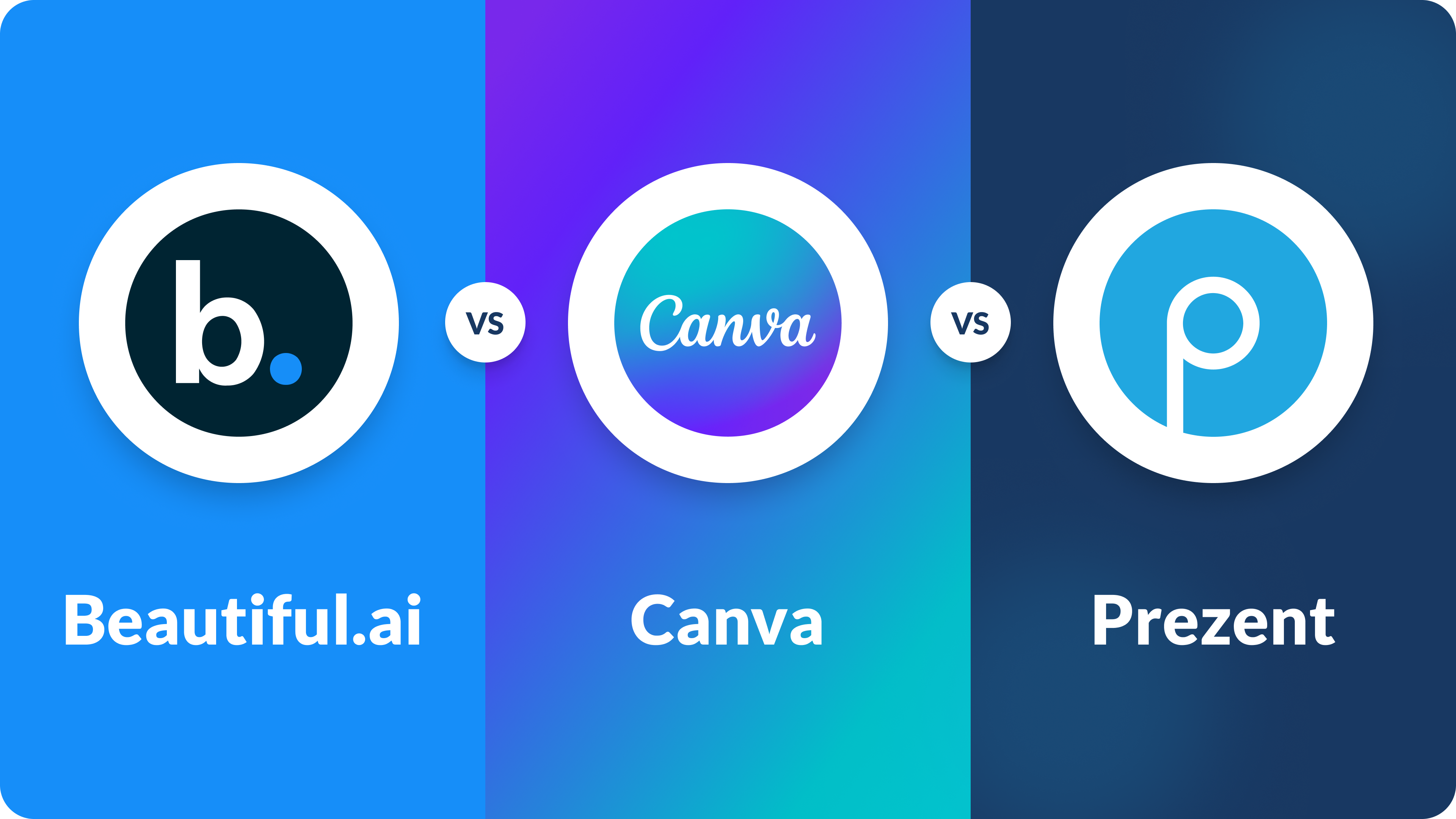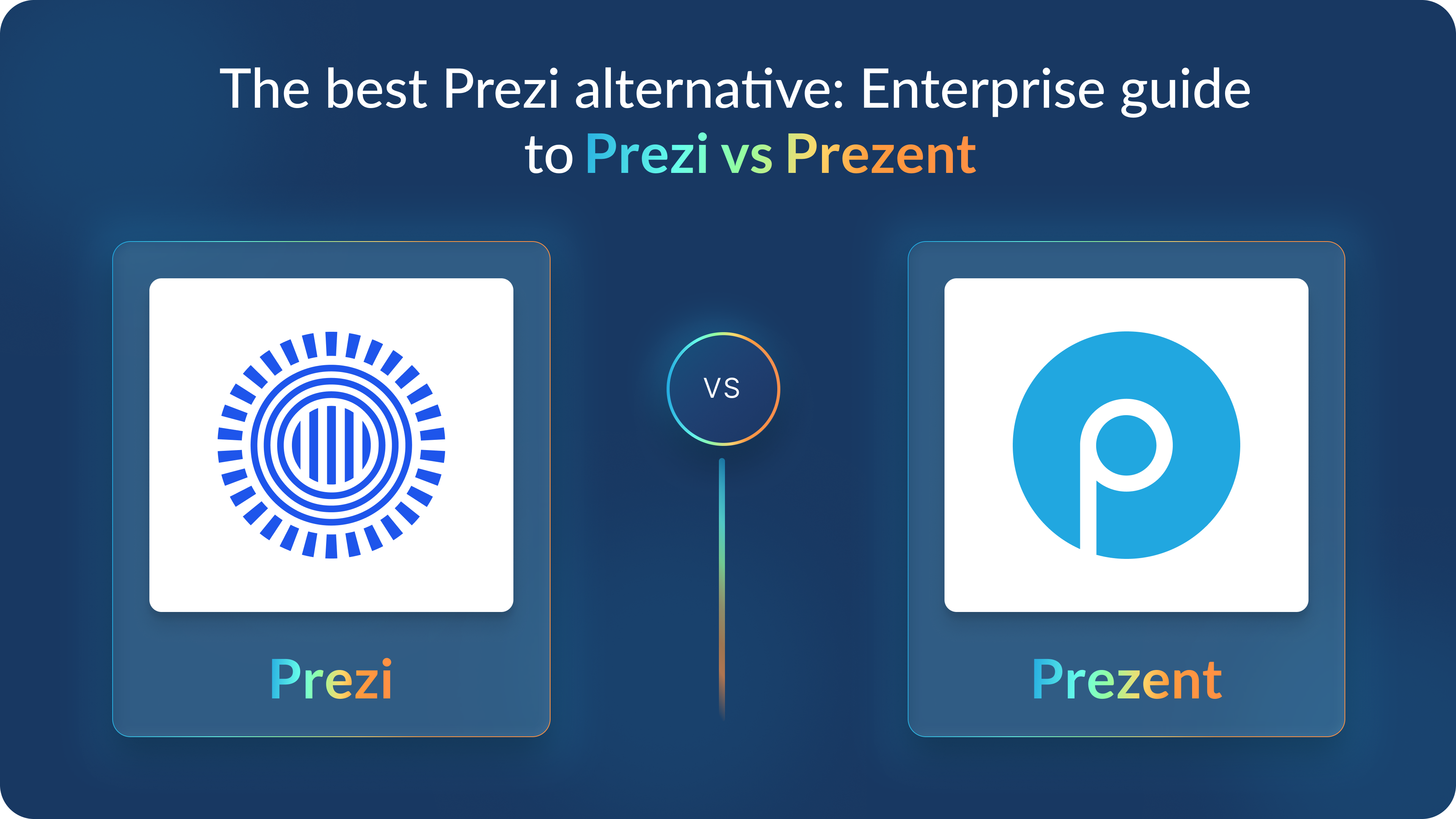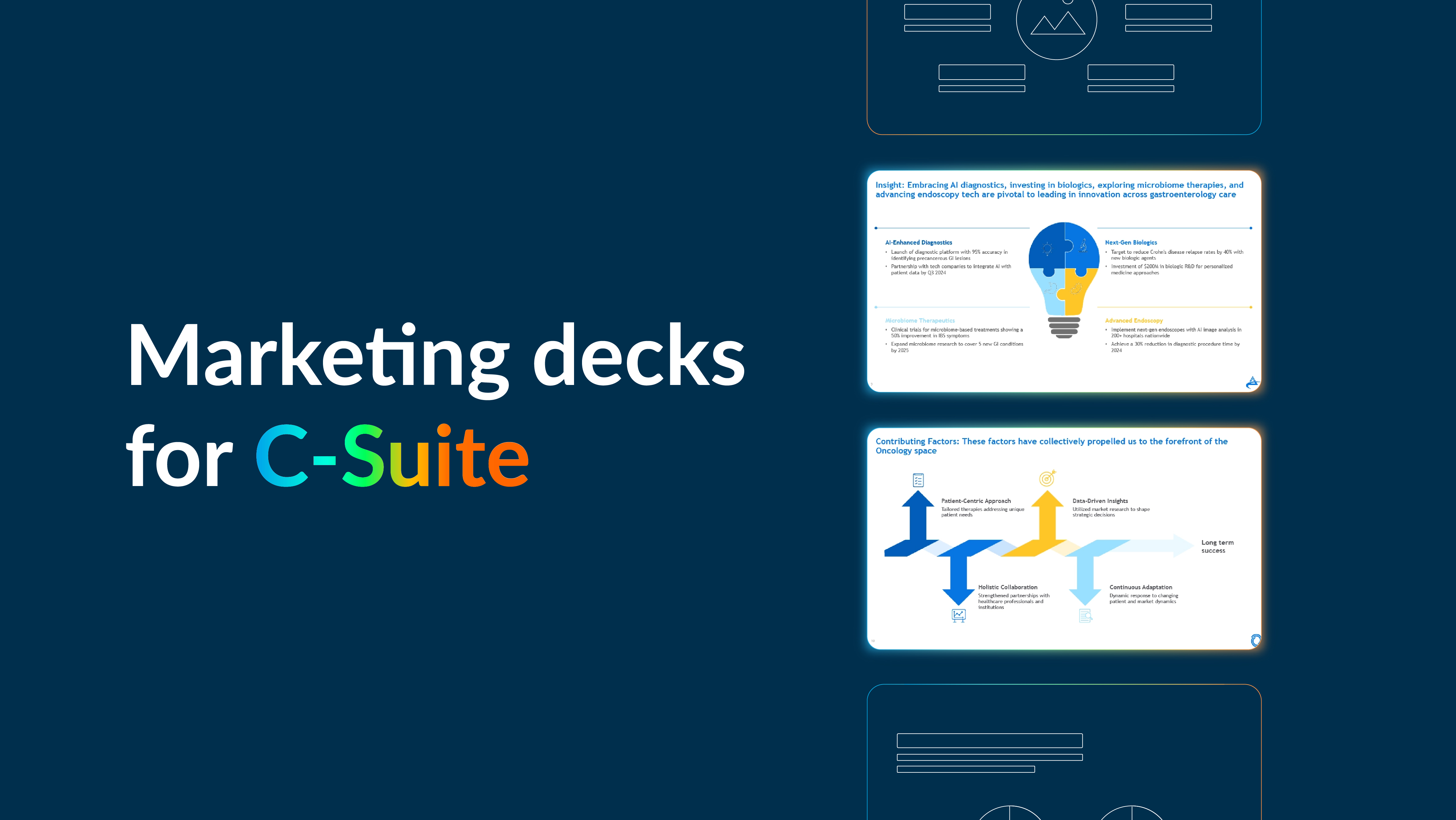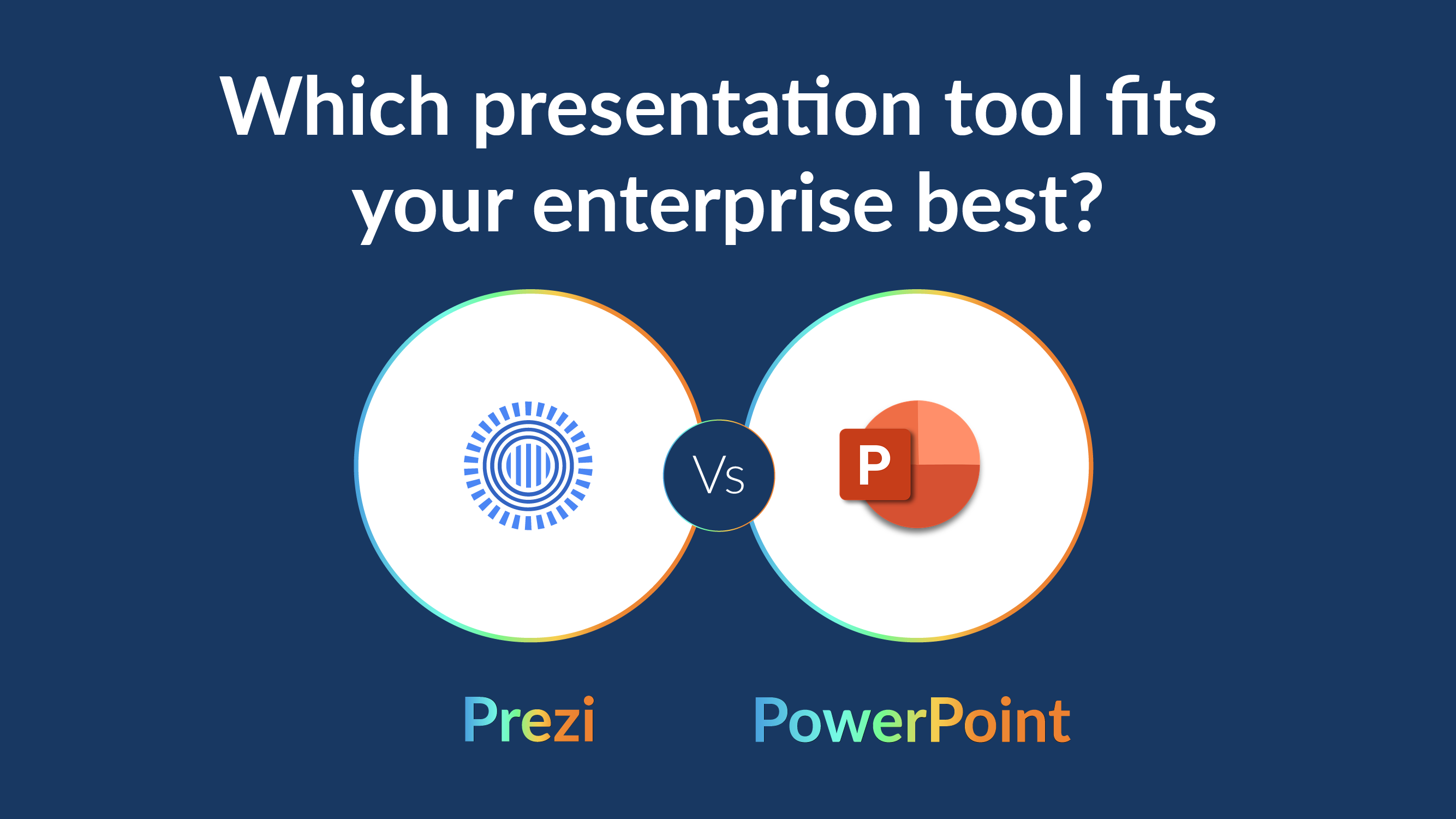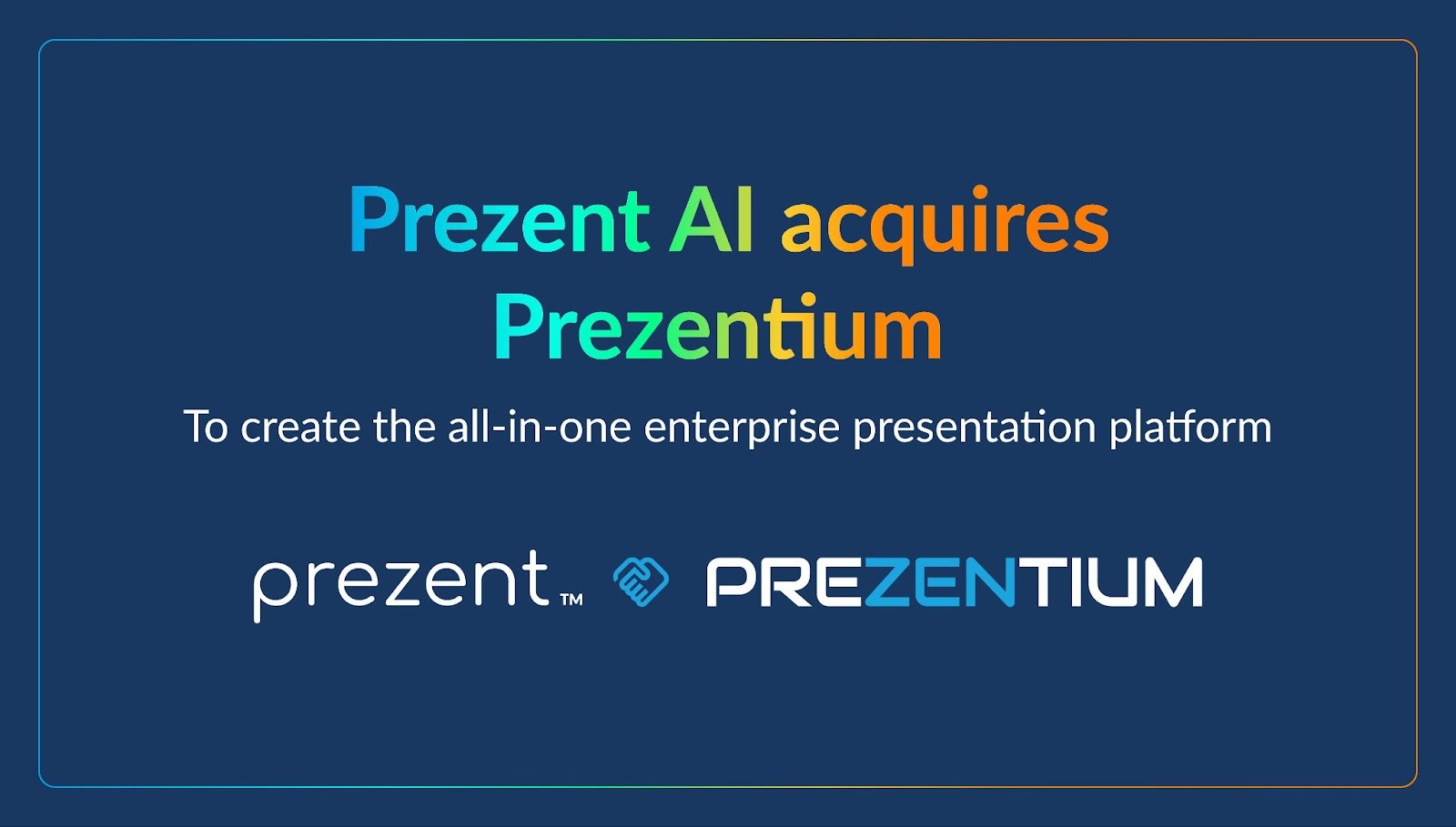How to present a fundraising proposal?

Fundraising proposals can vary widely depending on the target audience, fundraising goal, and nature of the project or organization. Crafting and delivering a compelling fundraising proposal is essential for any nonprofit organization, start-up, or individual seeking financial support for a project or cause. Creating a compelling presentation for raising funds requires attention to detail and a comprehensive understanding of the key components that make a compelling pitch.
What is the significance of a good fundraising proposal?
The significance of a well-crafted proposal lies in securing essential funds for a project, organization, or cause.
A fundraising proposal is a document that consists of project proposal, scope, and significance. It can help convince potential donors or investors to contribute. It clearly articulates the project's goals and objectives, strategies, and the intended allocation of funds, compellingly portraying the project's anticipated impact.
Moreover, a strong fundraiser proposal demonstrates a project's sustainability and an organization's adeptness in successfully executing it. Effectively presenting these ideas can also foster strong relationships with investors, potentially leading to consistent financial support.
Different types of fundraising proposals
Each type of proposal requires a tailored approach that considers potential funders' interests and requirements. It also requires clear communication of the organization's vision and financial plans, compelling explanations of how the money will be used, the difference it will make, and more details. Here are some common types of fundraising proposals:
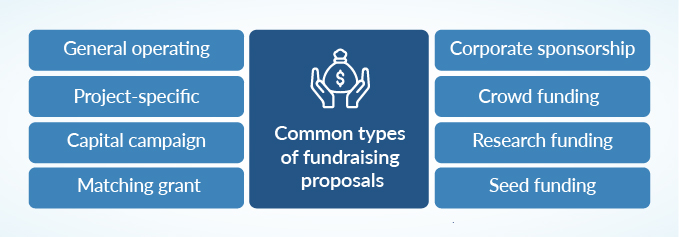
General operating support: This proposal seeks to secure funds to support an organization's day-to-day operations. It covers general expenses such as salaries, rent, utilities, and office supplies.
Project-specific: This proposal seeks funding for an organization's specific project or program. It details the project's objectives, methodology, budget, and expected outcomes.
Capital campaign: This is used when raising funds for significant capital expenditures such as constructing a new building, renovating an existing facility, or purchasing major equipment. It often outlines a multi-year fundraising plan and goals.
Matching grant: Some organizations apply for matching grants, where a donor (often a corporate entity or foundation) agrees to match the funds raised by the organization within a specific timeframe, up to a particular amount. The proposal outlines how the matching fund mechanism will work and the benefits to the donor.
Corporate sponsorship: Aimed at businesses, this proposal seeks a partnership where the company provides funding in exchange for marketing opportunities, such as branding at events or mentions in promotional materials. It highlights the mutual benefits of the sponsorship.
Crowdfunding: This is a method used by various organizations to collect small amounts of money from many people online. This type of fundraising requires a compelling story, a specific amount of money, and a description of how the funds will be used.
Research funding: These proposals are specific to academic and research institutions and seek funding for research projects. They include important details about the research question, methodology, significance, and projected impact.
Seed funding: Typically used by startups and new initiatives, seed funding proposals aim to secure initial funding to kick-start operations or pilot projects. They often focus on the vision, potential impact, and a rough growth plan.
10 key points to create an effective fundraising presentation
While writing a fundraising proposal is important, making your presentation impactful is equally important. A detailed approach will help you fine-tune your pitch and increase your chances of securing the support you need. Here are 10 key points to keep in mind when creating a fundraising presentation:
Understand your audience: delve deeper
Understanding your audience is crucial when writing a proposal. Rather than just knowing basic demographics, delve deeper into their interests, previous charitable contributions of the donors or investors, and any specific causes they are passionate about. Tailoring your presentation to align with their personal or corporate giving philosophy can increase your chances of getting funded.
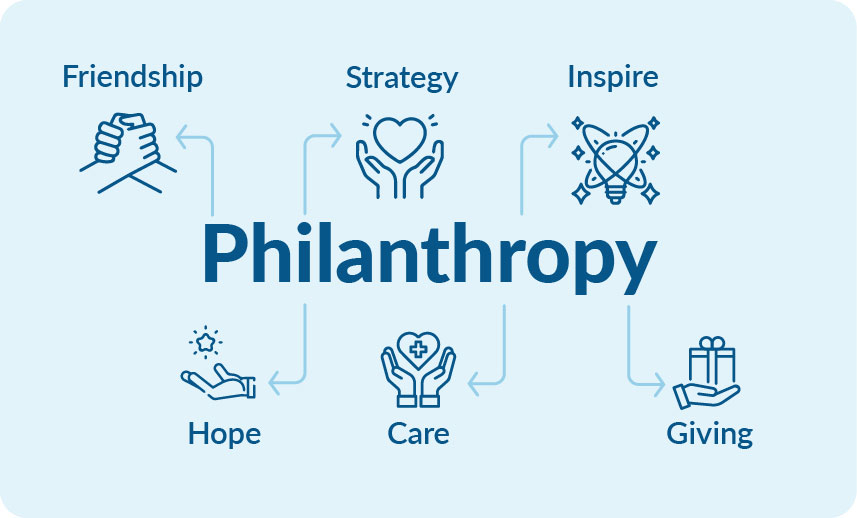
Objective clarity: communicate with precision
When you define your project, provide a detailed and precise articulation of what you hope to achieve, the need to raise funds, and why it is important. Include measurable goals and align them with the potential donor's philanthropic priorities, showing a clear understanding of what they find significant and why your project aligns with those interests.
Demonstrate need: provide comprehensive evidence
While highlighting the need for your project or initiative in the presentation, provide comprehensive evidence to support your claims. Include key information such as statistical data, infographics, testimonials, case studies, and real stories to create a strong emotional connection and emphasize the urgency and importance of your work.
Methodology and implementation: plan thoroughly
When outlining the methodology and implementation plan, offer a granular level of detail. Include time-bound metrics, strategies, and specific activities or interventions. Emphasize how each element of your plan ties into the overarching objectives and foresight needed to execute the project.
Budget and funding requirements: transparent and realistic breakdown
When presenting the budget and funding requirements, provide a transparent and realistic breakdown of expenses. This should encompass direct costs, such as materials or equipment, and indirect costs, including administrative overhead. A clear explanation of how the funds will be allocated demonstrates fiscal responsibility and helps build trust with potential donors or investors.
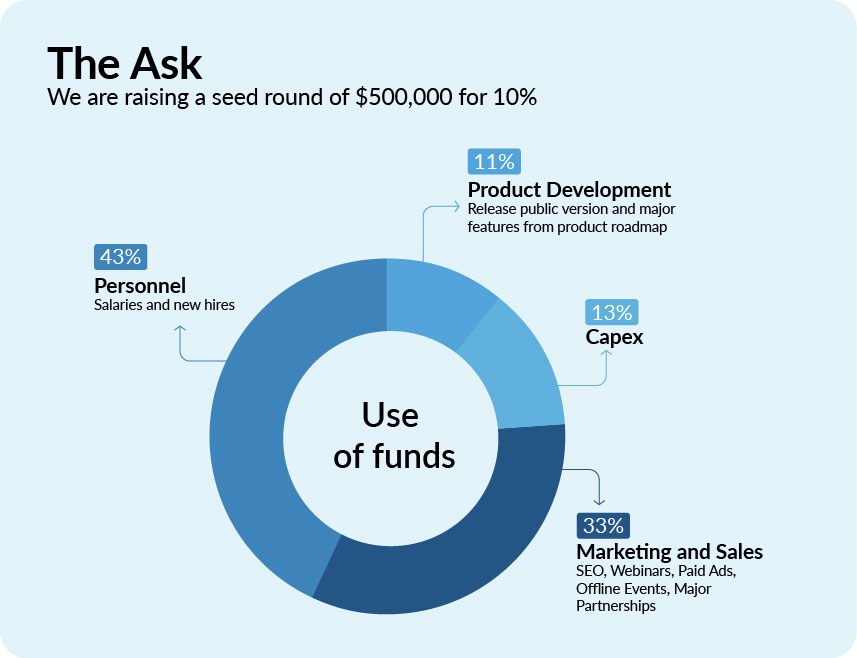
Impact and evaluation: anticipate impact and robust evaluation measures
Showcase the anticipated impact of your project in detail. Explain how you will measure success and the robust metrics used for evaluation. Providing concrete examples of similar successful projects or pilot studies further strengthens the credibility of your approach and fosters confidence in potential donors.
Compelling storytelling: capture attention through emotional engagement
Integrate compelling storytelling throughout your presentation to captivate your audience and elicit emotional engagement. Personal narratives or track records, testimonials, and great storytelling have a transformative power that can deeply resonate with potential donors, motivating them to become personally invested in your cause.
Visuals and supporting documents: enhance engagement and credibility
Incorporate a variety of visuals, including charts, graphs, and photos, to complement your presentation and make it visually engaging. Additionally, make sure to have a comprehensive set of supporting documents readily accessible, including financial statements, organizational charts, team bios, and letters of support, to bolster the credibility and thoroughness of your proposal.
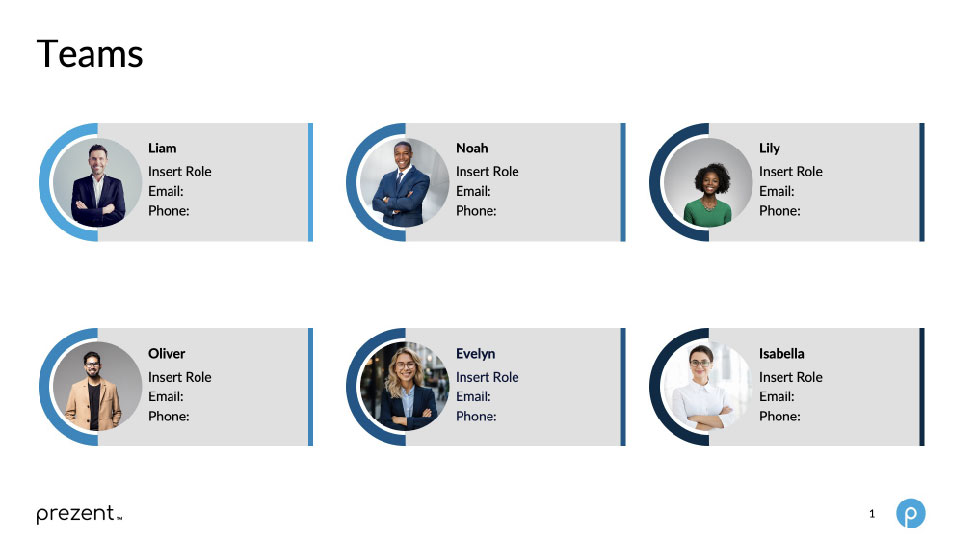
Practice your pitch: refine your communication and delivery
Before presenting your proposal, practice and refine your pitch. Engage in mock presentations and seek constructive feedback to enhance your delivery. Ensure that all key points are effectively communicated, and bolster your confidence in presenting the proposal.
Flexibility: adapt and embrace dialogue
Be open to questions and feedback, and display flexibility in adapting your proposal based on the input received. Acknowledge and address concerns while remaining open to making adjustments that strengthen your project. This flexibility showcases a genuine commitment to collaboration and elevates your credibility as a responsive and adaptable partner.
Sample presentation templates to create a good investor pitch
Your presentation should ideally prompt investors to pitch their time, efforts, and, most importantly, their funds. The Prezent Investor pitch presentation template is a great tool for attracting investment capital, securing funding, driving business growth, and more. This template provides a streamlined format for conveying the value proposition and business model effectively.
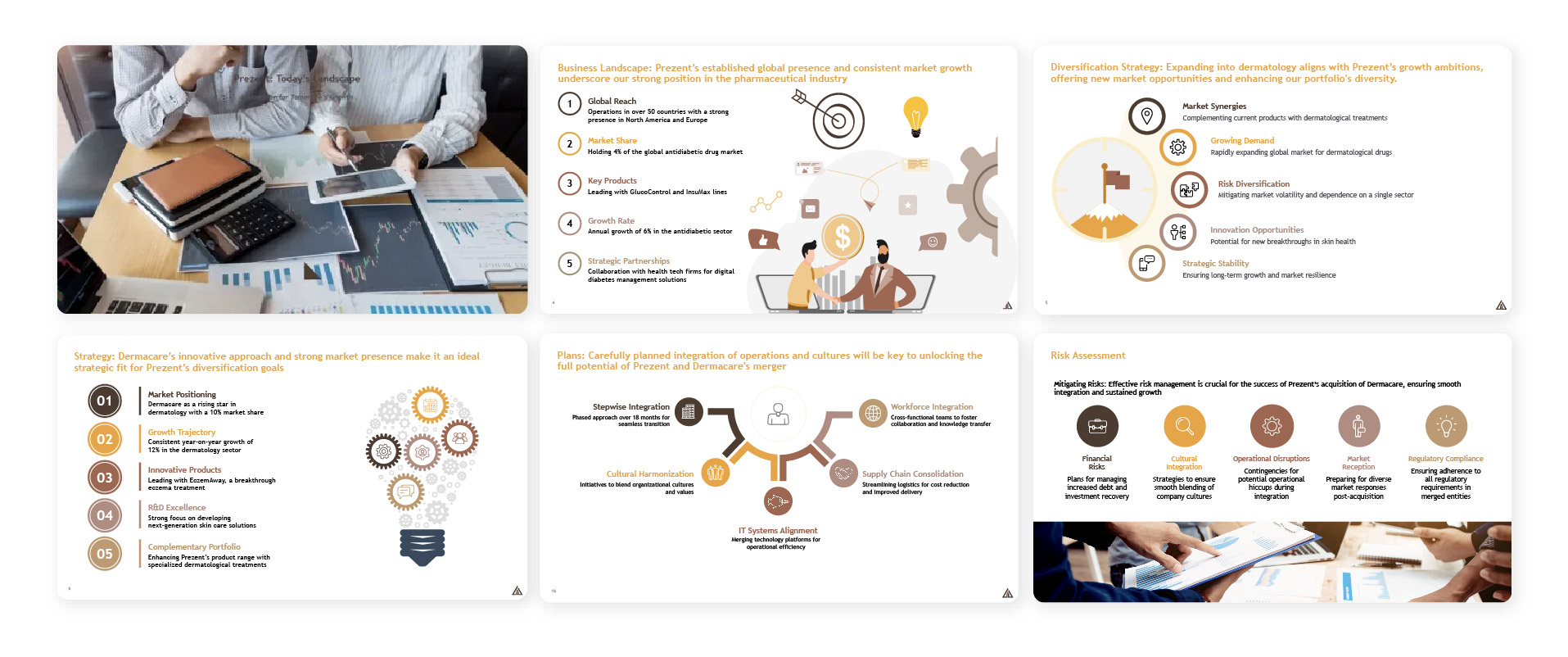
Prezent also offers the partnership proposal presentation template to create persuasive presentations to secure investor interest and partnerships quickly.
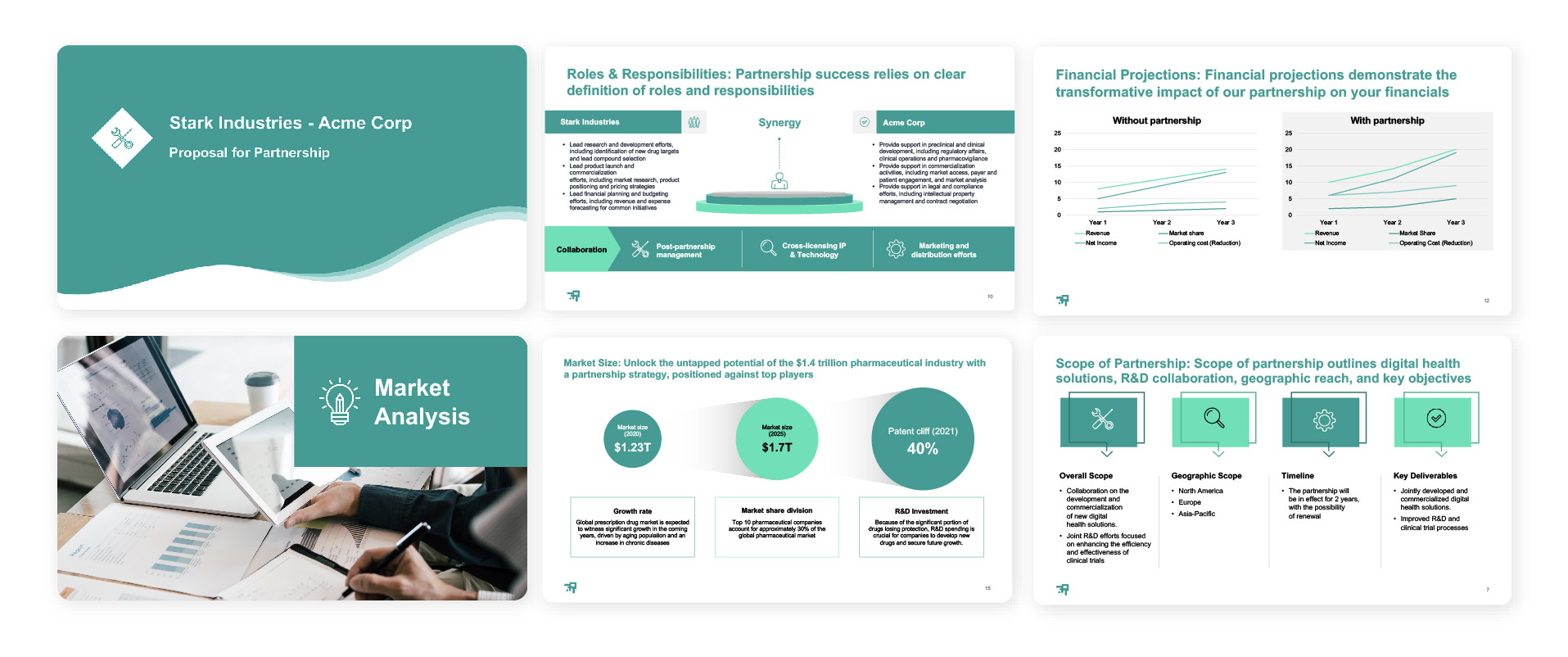
How can Prezent help you create an effective proposal?
Prezent is an AI-powered business communication platform equipped with powerful features to help you build effective fundraising proposals. Here’s how Prezent can enhance your presentation:
- Auto-generator: This feature generates quick on-brand slides with simple prompts, allowing you to create initial slides effortlessly and efficiently.
- Story builder: A powerful AI tool that helps you integrate compelling narratives of your business naturally and effectively. With over 1,000 storylines to choose from, you can create presentations that improve engagement with investors.
- Slide library: Access a library of more than 35,000 brand-aligned professionally designed slides for various business scenarios. The slide library offers numerous data visualization formats you can customize with your funding requirement data, ensuring your presentation is informative and visually engaging.
Discover more exciting features of Prezent AI by scheduling a demo with our experts. Learn how Prezent can help you create fundraising proposals quickly and efficiently. You can also explore the platform yourself with a free trial.
.avif)


